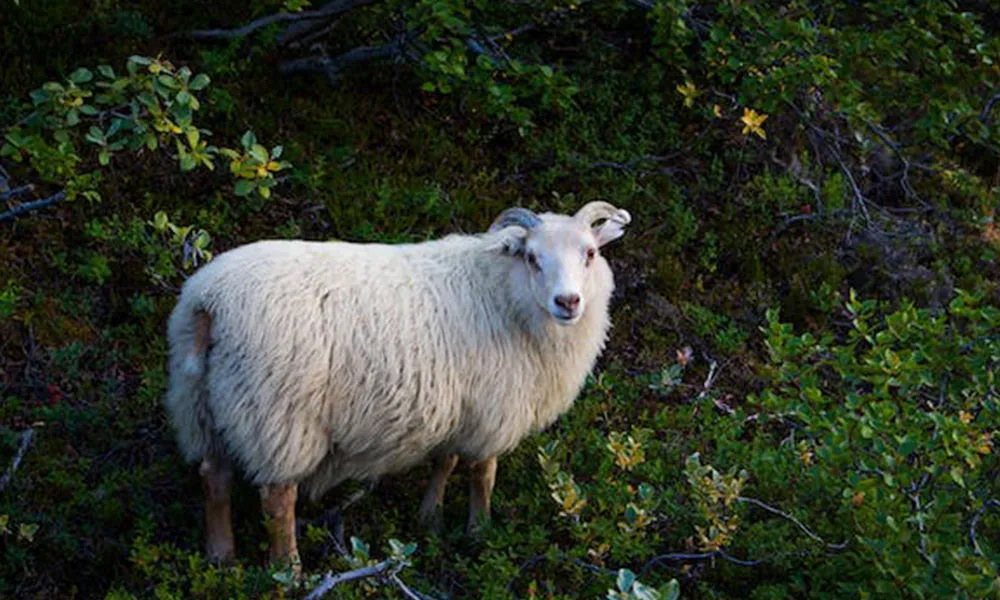Breeding Ewe Lambs: Yes or No?
Farmers differ when it comes to the question of breeding ewe lambs. While some point out that it increases the number of lambs a ewe will have in her lifetime, others argue that it is too risky and comes with unacceptable ewe and lamb mortality rates.
Both arguments have merits and ultimately the farmer must make the decision based on what he feels is best for his farm. The quality of the available farmland, the age and size of the ewe lambs, and the general health of the flock may all play a role in deciding whether it is appropriate to put ewe lambs to the ram in a given year.
Special care needed
There is no doubt, at any rate, that special care is required if you decide to breed off ewe lambs. While ewe lambs may help to increase flock output, they are also more susceptible than mature ewes to complications during the gestation and lambing periods.
Pre-tupping plan
Careful management of breeding ewe lambs should begin before tupping. In the first instance, you should only allow the larger lambs to go to the ram. Smaller and weaker lambs will struggle to conceive and carry a lamb to term; and if they do, they are unlikely to make it to a mature adult weight before the next mating season. Therefore, you should weigh all lambs in the build-up to tupping. Only those ewe lambs weighing 45kg or more should be considered for breeding. Leave smaller lambs for next year.
Tupping Tips
Breeding ewe lambs should be kept separately from other breeding ewes,. In addition, they should only run with a ram from an easy-lambing breed. Lleyn, Vendeen and Belclare are all suitable breeds to cross on ewe lambs. Texels should not be considered, in our experience. Lambs from these breeds tend to be bigger and the young dam will struggle to deliver them.
Feeding
Overfeeding of ewe lambs during tupping and afterwards is not a good idea, as this may cause complications for the foetus. Keep the flock on middling quality grass during gestation, and do not feed concentrates unless absolutely necessary. Once they have lambed, the dams should be kept on good quality grass and provided with mineral supplements and concentrates until they are bred again the following autumn.
Weaning
It is a good idea to dry the young dams off early, as this will give them the best possible chance of making a fully mature weight before the next breeding. Breeding ewe lambs that fail to make mature weight by the following tupping season are likely to have problems going forward.


